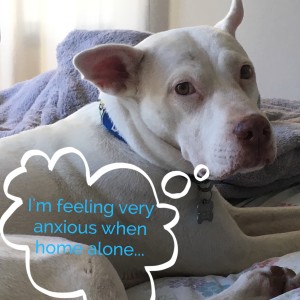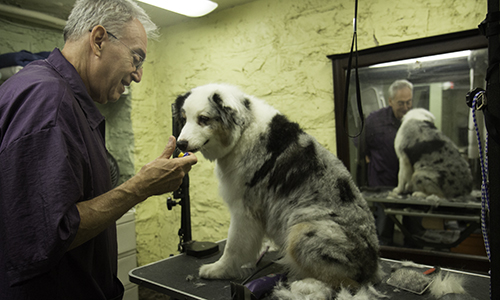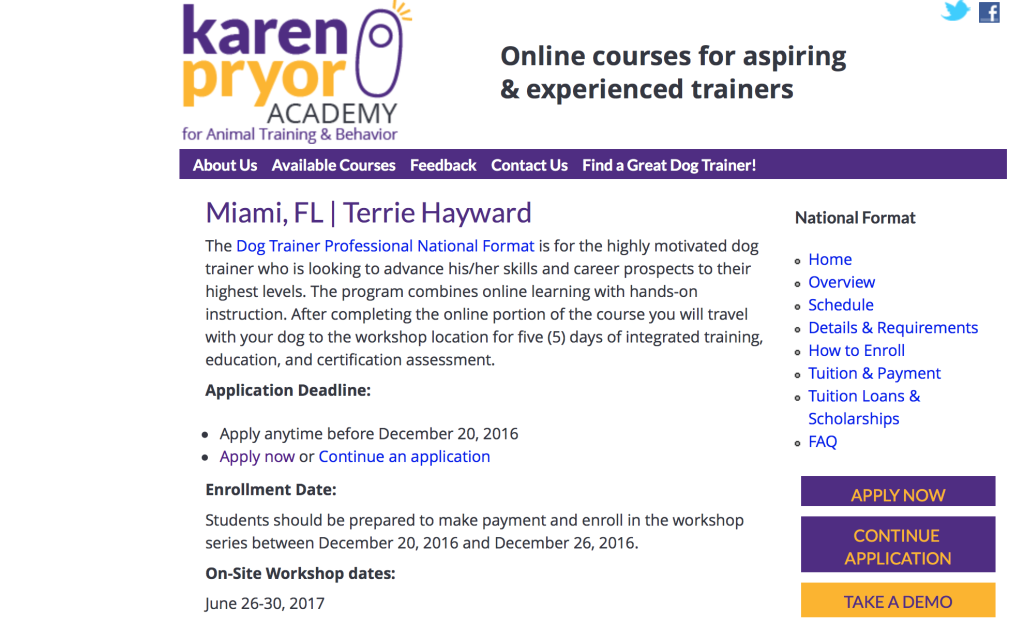6 Behaviors to Watch For in a Dog With Possible Separation Anxiety
 Does Your Dog Suffer from Separation Anxiety? Keep an eye out for the following behaviors:
Does Your Dog Suffer from Separation Anxiety? Keep an eye out for the following behaviors:
1. Vocalization when you are gone: This means more than a few barks when you walk out of the door, but rather ongoing & sometimes escalating barking, crying, or whining. Often folks only find out that this is happening when a neighbor lets them know
2. Destruction when you are gone: While puppies & even some dogs may rip apart a toy, be mindful if this is only occurring when you are away from home, or even in another part of the house that they are unable to access.
3. Crate breakouts: Crate training is wonderful for so many behaviors. Susan Garret’s, Crate Games, is a valuable place to begin training your dog to love the crate. However, if your pup is attempting to break out of the crate, eat the crate, or eliminating in the crate, you should be wary.
4. Eliminating in the house: Once, more, when you aren’t home, but when your dog has had ample time to relieve themselves prior to your departure this may be a sign of separation anxiety. In this instance, we aren’t referring to house-training, where a dog does not understand to use the bathroom outside, but rather, while you are out, for a reasonable amount of time & they have gone, often repeatedly, each time, indoors.
5. Pacing & Panting: If your dog is unable to settle &/or is panting excessively, having not exerted themselves, we may be looking at anxiety. If this anxiety occurs when left alone, even for a short amount of time, we could be dealing with separation anxiety.
6. Food: With separation anxiety we often don’t begin with food, nor treats, food puzzles nor food toys. If you, however have left your dog with their favorite delicious goodie & they have left it untouched, you may be looking at an anxious pup & sometimes this can also be a sign of separation anxiety.
PAW-Positive Animal Wellness is a certified, separation anxiety trainer (CSAT) specializing in helping find resolution with this difficult situation. Contact us today for a (free) consult on how we can help! http://positiveanimalwellness.com/contact/

 Positive reinforcement, science based training has some real super stars! In fact, in December, 2015 Karen Pryor Academy
Positive reinforcement, science based training has some real super stars! In fact, in December, 2015 Karen Pryor Academy 
 Are you interested in learning something new? Would you like to invest in your skills & knowledge? Do you want to have a better understanding of animal behavior, training, and modification, learning theory, and canine body language?
Are you interested in learning something new? Would you like to invest in your skills & knowledge? Do you want to have a better understanding of animal behavior, training, and modification, learning theory, and canine body language?